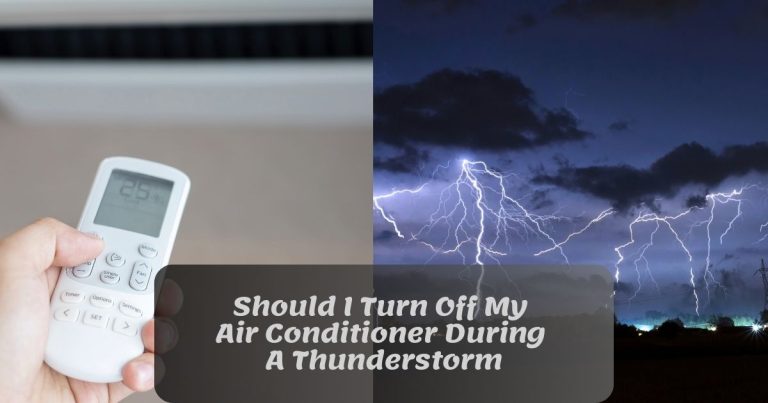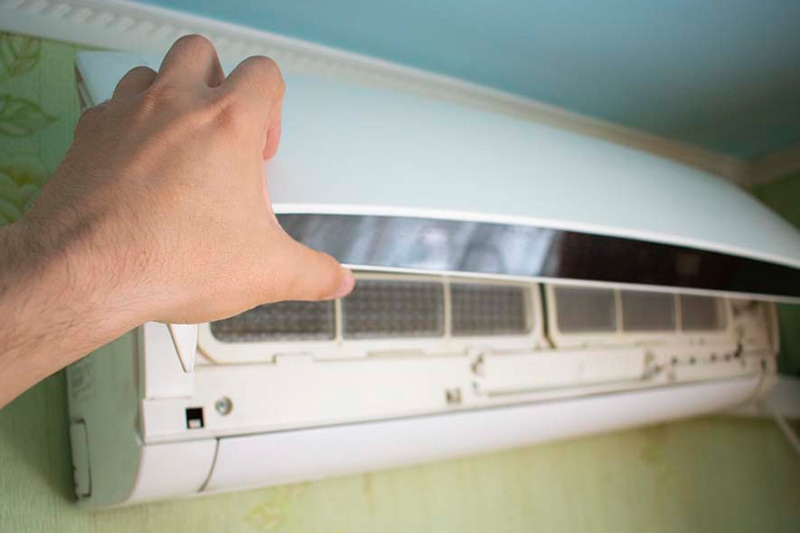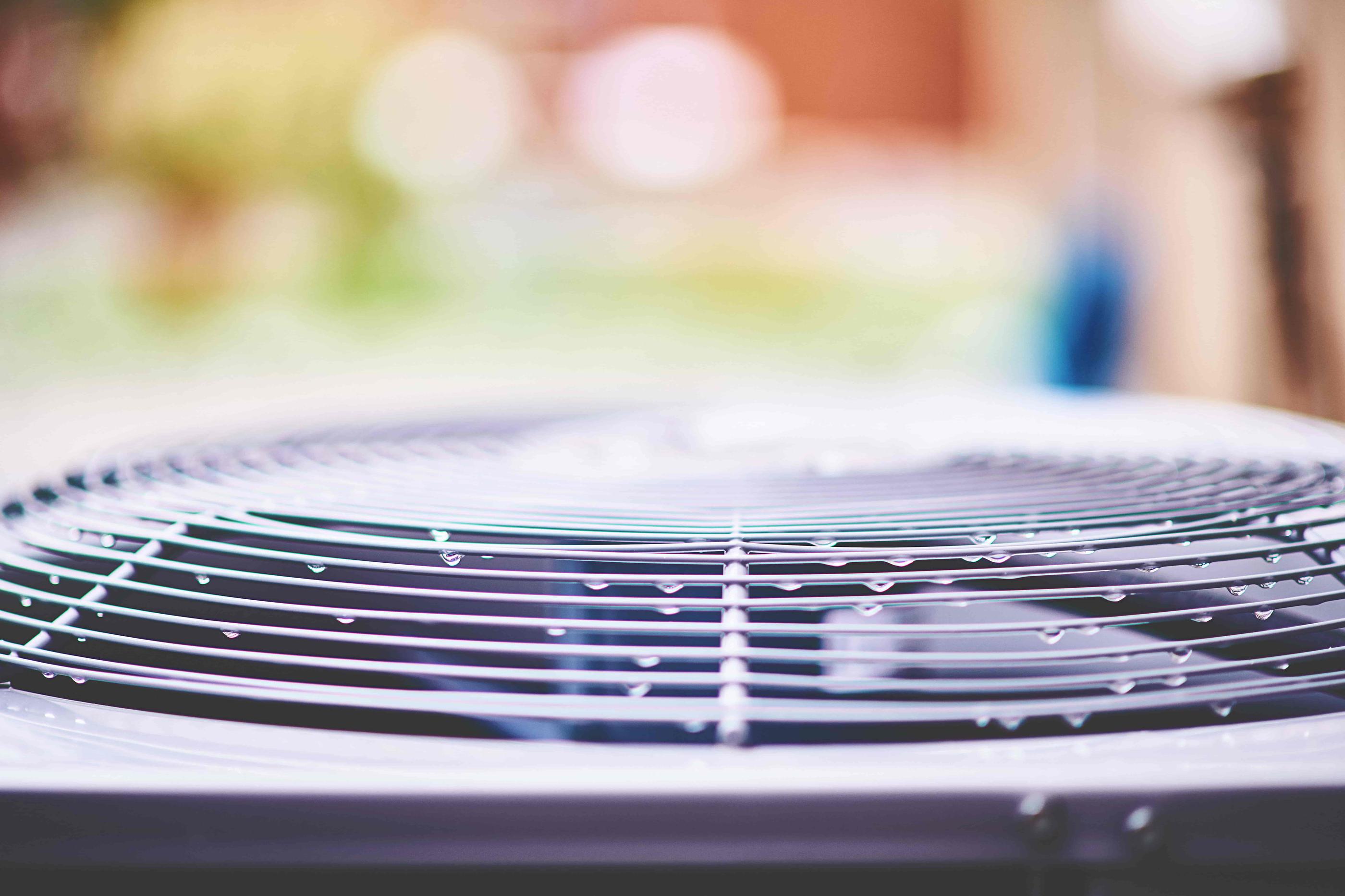When Should I Turn My Air Conditioner On

One of the most common dilemmas homeowners face is figuring out the optimal time to switch on their air conditioner each year. Turn it on too early, and you might be wasting energy (and money!) on days that would have been comfortable with open windows. Wait too long, and you're stuck sweating it out, potentially leading to restless nights and uncomfortable daytime activities. This article will guide you through a methodical approach to determining when *you* should turn on your AC, offering practical advice and troubleshooting tips along the way.
Step 1: Assess Your Comfort Threshold
Before even thinking about outdoor temperatures, it's crucial to understand your own comfort level. What indoor temperature feels too warm for you? This is subjective and varies from person to person. Some people are comfortable at 75°F (24°C), while others start feeling uncomfortable above 72°F (22°C).
Action: Spend a few days paying close attention to how you feel at different indoor temperatures. Use a reliable indoor thermometer to monitor the temperature in key areas of your home (living room, bedroom). Make notes about your comfort level – do you feel too warm, just right, or too cool?
This baseline understanding is critical because it helps you avoid relying solely on general advice or what your neighbors are doing. Your personal comfort is the most important factor.
Step 2: Monitor Outdoor Temperatures and Humidity
Now that you know your comfort threshold, start tracking outdoor temperatures and humidity levels. These factors play a significant role in determining when your AC becomes necessary.
Action: Use a reliable weather app or website to monitor the daily high and low temperatures, as well as the humidity percentage. Pay attention to trends – is the temperature consistently rising? Is the humidity frequently high?
Important Considerations:
- Temperature: If the outdoor temperature consistently exceeds your indoor comfort threshold for several days in a row, it's a good indication that you might need to turn on your AC.
- Humidity: High humidity can make even moderate temperatures feel unbearable. If the humidity is consistently above 50-60%, you might feel the need for AC even if the temperature is below your usual threshold.
- Nighttime Temperatures: Don't just focus on daytime highs. If nighttime temperatures are consistently staying above your comfort threshold, you might struggle to sleep comfortably without AC.
Step 3: Evaluate Your Home's Insulation and Ventilation
Your home's insulation and ventilation significantly impact how well it retains heat. A poorly insulated home will heat up much faster than a well-insulated one.
Action: Perform a quick visual inspection of your home's insulation. Check the attic, walls, and crawl spaces (if accessible). Look for signs of missing or damaged insulation. Feel for drafts around windows and doors.
Simple DIY Fixes:
- Seal Drafts: Use weather stripping or caulk to seal any gaps around windows and doors. This can significantly reduce heat infiltration.
- Close Curtains and Blinds: During the hottest part of the day, close curtains and blinds on windows that receive direct sunlight. This helps block out solar heat gain.
- Use Fans: Ceiling fans and portable fans can help circulate air and make you feel cooler without relying solely on the AC.
When to Call a Professional: If you suspect significant insulation problems (e.g., widespread missing or damaged insulation, signs of moisture or mold), it's best to consult with a professional insulation contractor. Addressing these issues can dramatically improve your home's energy efficiency and comfort.
Step 4: Consider Your Activity Level and Health
Your activity level and health also play a role in determining when you need AC. If you're physically active indoors, you'll likely feel warmer than someone who is sedentary.
Action: Think about your daily activities. Are you exercising indoors? Are you working from home and spending long hours at your desk? Do you have any health conditions that make you more sensitive to heat (e.g., respiratory problems, heart conditions)?
Important Considerations:
- Infants and Elderly: Infants and elderly individuals are particularly vulnerable to heat stress and may require AC at lower temperatures.
- Medical Conditions: Certain medical conditions can make it difficult for the body to regulate its temperature. If you have a medical condition, consult with your doctor about when it's appropriate to use AC.
Step 5: The "First Test Run"
Once you've considered all the above factors, it's time for a test run of your AC unit. This will help you identify any potential problems before you really need it.
Action: Turn on your AC for a few hours on a moderately warm day. Observe how well it cools your home and listen for any unusual noises or smells.
Troubleshooting Steps:
- Check the Air Filter: A dirty air filter can restrict airflow and reduce the AC's efficiency. Replace the air filter if it's dirty. This is a simple and inexpensive task that can significantly improve performance. Change it regularly!
- Clear Obstructions: Make sure that the outdoor unit is free of obstructions, such as plants, debris, or snow. These obstructions can block airflow and cause the unit to overheat.
- Check the Thermostat: Ensure that the thermostat is set correctly and that the batteries are fresh.
When to Call a Professional: If your AC unit isn't cooling properly, is making unusual noises, or is emitting strange smells, it's best to call a qualified HVAC technician. These issues could indicate serious problems that require professional attention. Do not attempt to repair the unit yourself if you are not qualified.
Step 6: Fine-Tuning Your AC Usage
Once you've determined that your AC is working properly, you can start fine-tuning your usage to optimize comfort and energy efficiency.
Action: Experiment with different thermostat settings to find the optimal balance between comfort and energy savings. Consider using a programmable thermostat to automatically adjust the temperature based on your schedule.
Tips for Energy Efficiency:
- Raise the Thermostat: Even a small increase in the thermostat setting (e.g., from 72°F to 75°F) can save a significant amount of energy.
- Use Ceiling Fans: Ceiling fans can help circulate cool air and allow you to raise the thermostat a few degrees without sacrificing comfort.
- Run AC Only When Needed: If you're going to be away from home for an extended period, turn off the AC or set the thermostat to a higher temperature.
- Schedule Regular Maintenance: Regular maintenance, such as cleaning the coils and checking the refrigerant levels, can help ensure that your AC unit is running efficiently.
Specific Temperature Guidelines (General Recommendations)
While your personal comfort is the ultimate guide, here are some general temperature guidelines:
- 78°F (26°C): A commonly recommended energy-saving temperature setting when you're home.
- 82°F (28°C): A good temperature to set when you're away from home for a few hours.
- 85°F (29°C): A reasonable setting when you're away for longer periods, like a vacation (though consider your pets!).
When to Definitely Turn on the AC (Hard Rules)
There are a few situations where turning on the AC is almost always recommended:
- Heat Wave: When the forecast predicts several consecutive days of extremely high temperatures (e.g., above 90°F/32°C), it's important to turn on the AC to protect your health and prevent heatstroke.
- Vulnerable Individuals: If you have infants, elderly individuals, or people with medical conditions living in your home, you should turn on the AC at lower temperatures to ensure their comfort and safety.
- High Humidity and Heat: When both temperature and humidity are high, the "feels like" temperature can be significantly higher than the actual temperature. In these situations, AC is often necessary for comfort.
Documenting Your Findings
Keep a simple log or journal. Jot down the date, the outdoor temperature and humidity, your indoor temperature (before turning on the AC), and how comfortable you felt. Over time, this will provide invaluable data that lets you anticipate your AC needs with greater accuracy.
Final Thoughts
Determining when to turn on your AC is a personal decision based on a variety of factors. By following the steps outlined in this article, you can make an informed decision that balances your comfort with energy efficiency. Remember to regularly maintain your AC unit and address any problems promptly to ensure optimal performance. Stay cool and comfortable!










